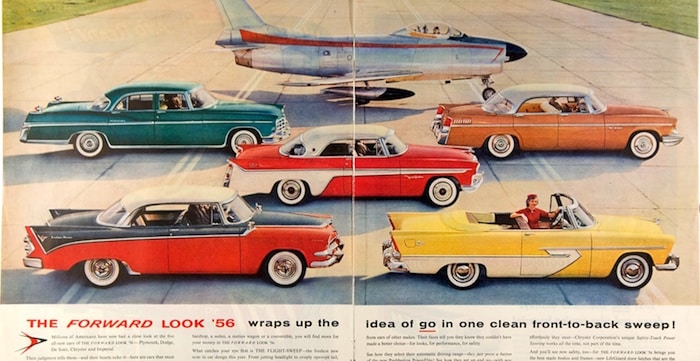Online marketing should NOT re-invent the wheel. Seems simple enough. The same principals that have been developed for traditional marketing and copywriting should be studied, implemented and on the web.
While many companies are attempting to convert more of their visitors into customers, true and meaningful long term relationship is about persuading these visitors to do business with you. The difference is not just in semantics; it is about how you think about your business, how you approach your marketing and the kind of a relationship you have with customers. You want a good conversion framework that can shape how you approach online marketing? Start with AIDA! For those who are interested in the history of marketing, AIDA was first introduced in the 1920s. So, we thought it would be interesting to see how a marketer from the 1920s would deal with online marketing.
A- Attention
Are you able to capture the attention of your website visitors in the first five to ten seconds? In 2006, Invesp’s research indicated that online visitors decide weather they trust a website or not in 3 seconds. In 2014, visitors are deciding weather they will trust a website or not in less than half a second.
The attention test: answer these questions for your different webpages:
- Does your page communicate trust to visitors?
- Are you able to intrigue the visitors and arouse their interest in the first 5 seconds?
- Do you use attractive images to intrigue visitors?
- Do you carefully craft titles and headlines to capture the attention of visitors?
- Do you grab visitor attention through unexpected events?
I – Interest
You captured the attention of your visitor and convinced him to give you a chance. Next, do you capture the interest of your visitors? This is where cognitive progression plays a role. You anticipate the needs of your visitors, their mindset, what information they expect to see and you present that information to them in a clear, concise and persuasive matter.
The interest test: answer these questions for your different webpages:
- What is the most important information your visitor expects to see on a page?
- Is your page visitor friendly?
- Is it easy for your visitor to find the information they need in a quick way?
- Do you present information in a clear way?
- Is the information presented on the page relevant to the visitor?
- Do you give your visitor a reason to stay on the page or the website?
D – Desire
Your visitors are now interested, next you must convince them that they want and desire the product or service and that it will satisfy their needs.
The desire test: answer these questions for your different webpages:
- Are you able to convince visitors to stay on your website?
- Are you able to persuade visitors to convert?
- Are you able to persuade visitors to refer friends and family to your website?
- Do you use special offers to increase visitors desire?
- Are you able to use urgency and incentives to increase visitors desire?
- Do you communicate unique product benefits or company benefits effectively?
- Do you utilize “must have” effect to increase visitor desire?
A – Action
Every page on your website has a primary action you want visitors to take. Yes, we want visitors to convert (place an order, fill out a contact form, subscribe to our website), but getting to that macro conversion, requires the visitor to go through a series of micro conversions (reading a piece of copy, clicking on a link, navigating to a page). Getting to the big “Yes”, requires you to go through a series of small “yeses”. Think of the ways you get your visitors to take an action: are you gently guiding the visitor to take an action or are you pushing that visitor to take the action? What way works better for your visitors?
The action test: answer these questions for your different webpages:
- Do you have the most important action (primary action) defined for the page?
- Do you highlight the primary action on the page using copy and design?
- Is it obvious, logical and desirable for every user to take the primary action?
- Are your primary actions from one page to the next laid out in a persuasive and clear process?
S- Satisfy
What type of relationship do you have with your customers? To some degree, this will depend on the type of product you sell. Some products are a one in a life time purchase, others have the customer coming to your website on regular basis. But even for the once in a life time products, you should think about the referrals customer can provide. So, how do you move from a single transaction into a long term relation with the customer?
The satisfy test: answer these questions for your different webpages:
- Do you provide an easy and clear way for customer service on your website?
- Do you track customer satisfaction with your website? Your products?
- Do you deploy customer exit survey on your website?
- Do you keep in touch with your customers via email, social media and other forms?




